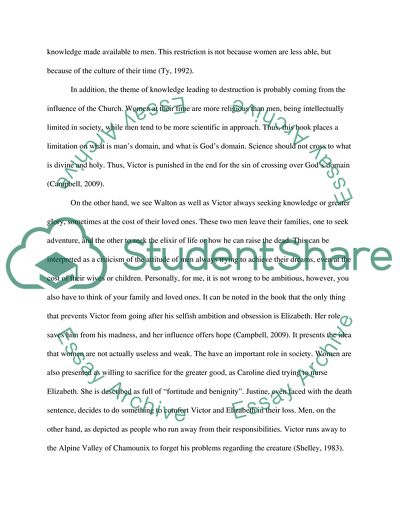Cite this document
(Shelleys Use of Masculine and Feminine Roles Essay, n.d.)
Shelleys Use of Masculine and Feminine Roles Essay. Retrieved from https://studentshare.org/literature/1720700-assignment-1
Shelleys Use of Masculine and Feminine Roles Essay. Retrieved from https://studentshare.org/literature/1720700-assignment-1
(Shelleys Use of Masculine and Feminine Roles Essay)
Shelleys Use of Masculine and Feminine Roles Essay. https://studentshare.org/literature/1720700-assignment-1.
Shelleys Use of Masculine and Feminine Roles Essay. https://studentshare.org/literature/1720700-assignment-1.
“Shelleys Use of Masculine and Feminine Roles Essay”, n.d. https://studentshare.org/literature/1720700-assignment-1.


